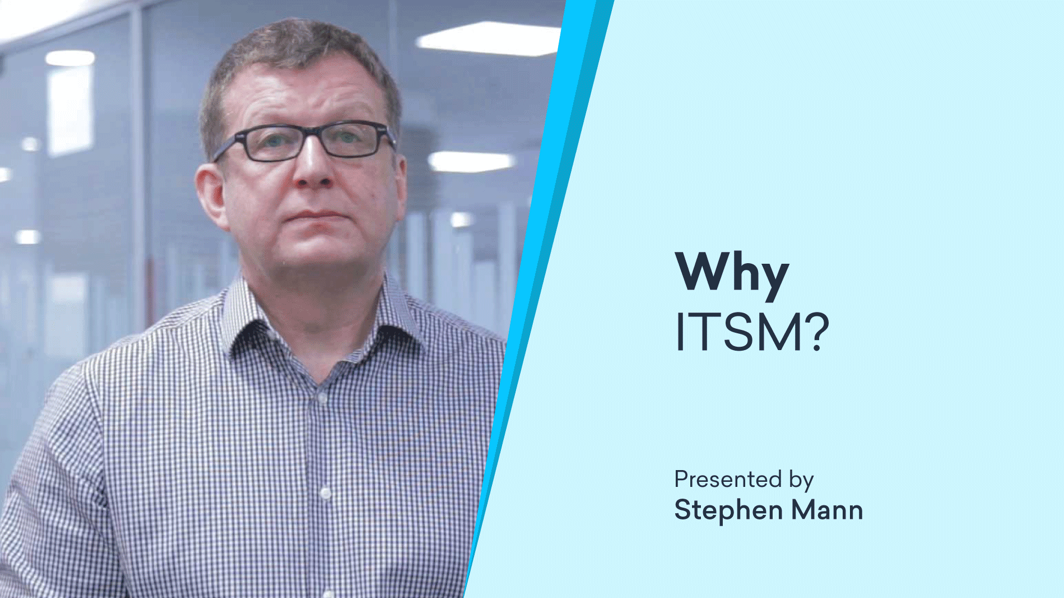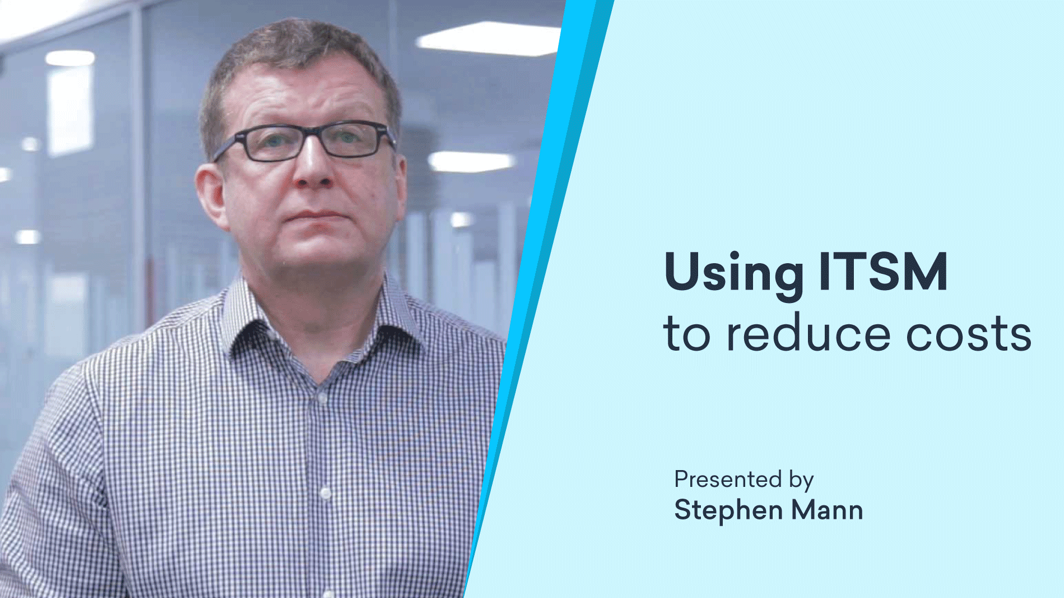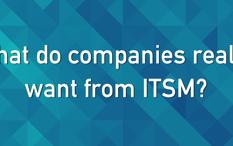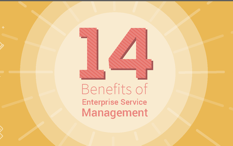Simplifying ITSM
ITSM (or IT Service Management) refers to all the activities involved in designing, creating, delivering, supporting and managing the lifecycle of IT services.
Well, of course it does, but what are IT services? Think of any piece of technology you use at your workplace – your laptop, the apps installed on it, the printer that your entire team uses, or the option to reset your password even after the first 15 times. They’re all services provided by your IT team. In other words – IT services.
Although the most common perception of ITSM among IT users (employees) is just “IT support”, ITSM goes way beyond resolving day-to-day issues. Your IT team is responsible for end-to-end management of these services. They might use an ITSM software like Freshservice to effectively manage these services.
With that basic introduction out of the way, check out this video where Stephen Mann sums up ITSM and its relationship with the business.



























